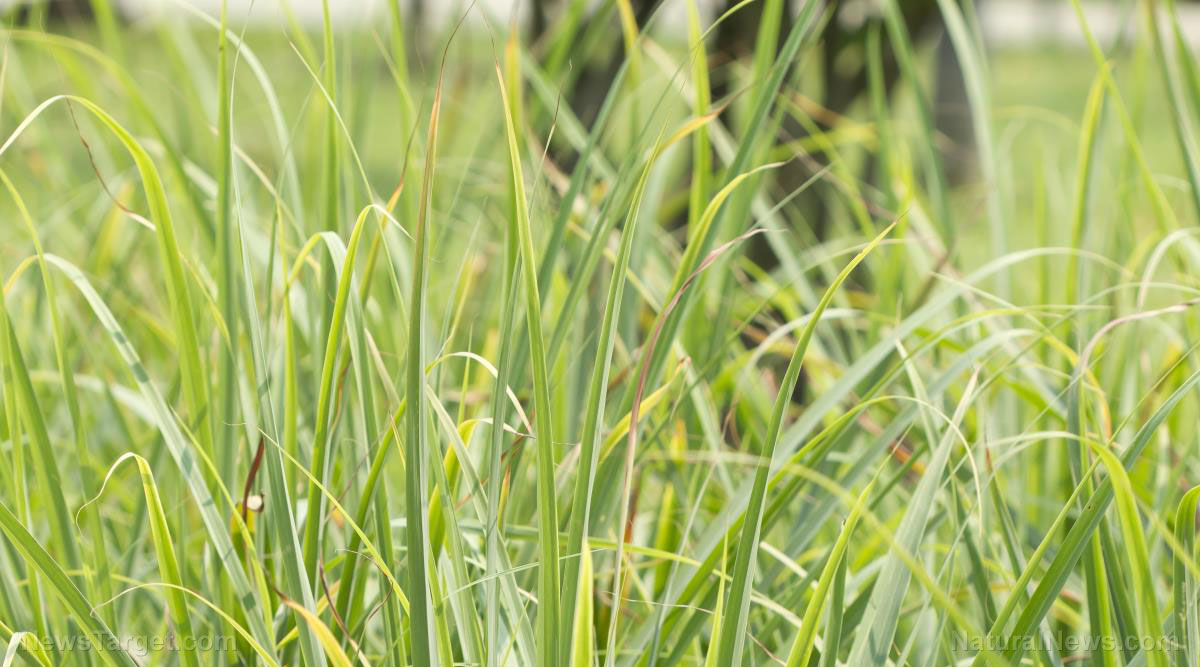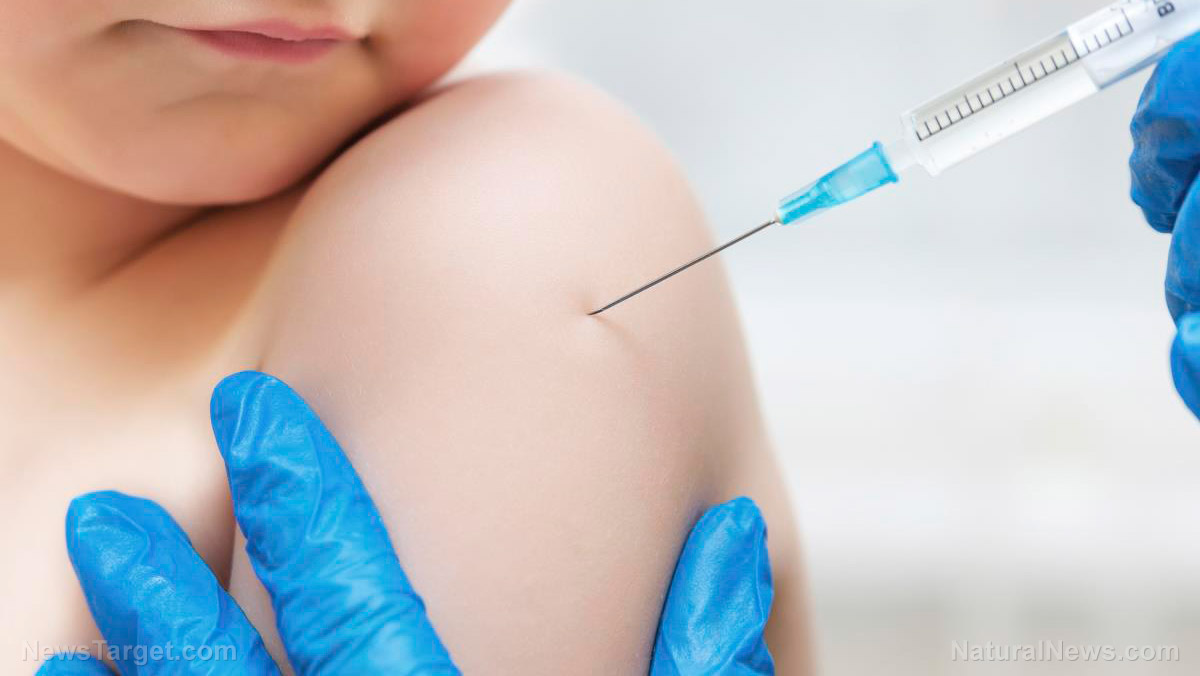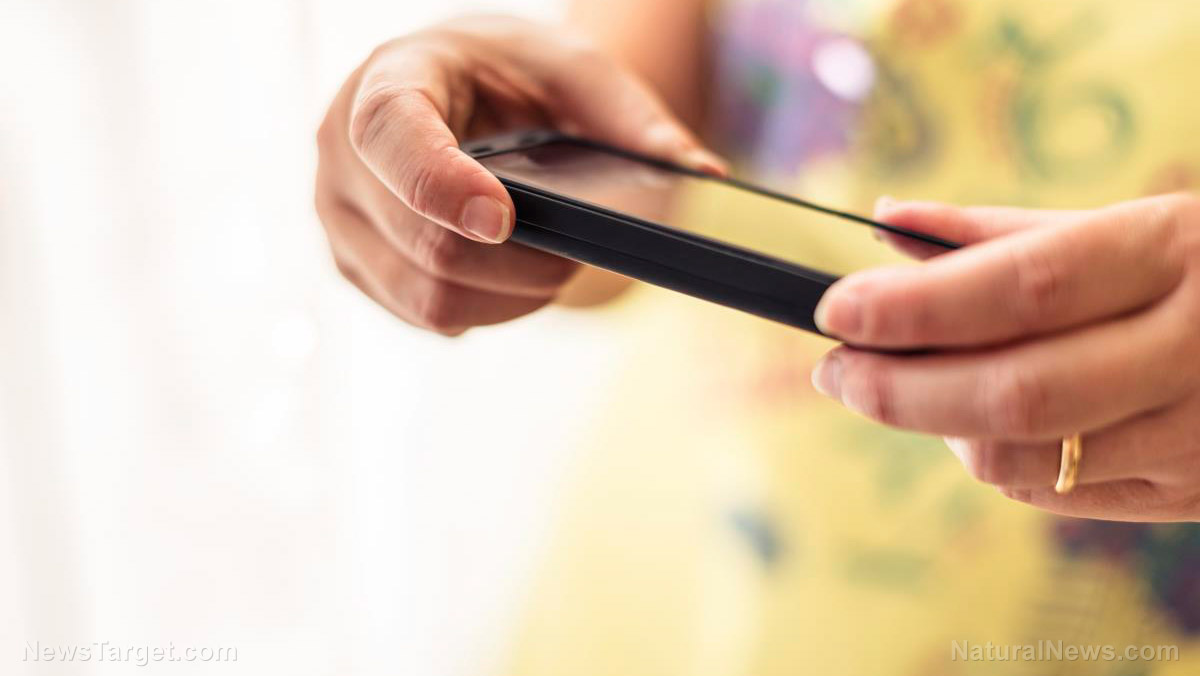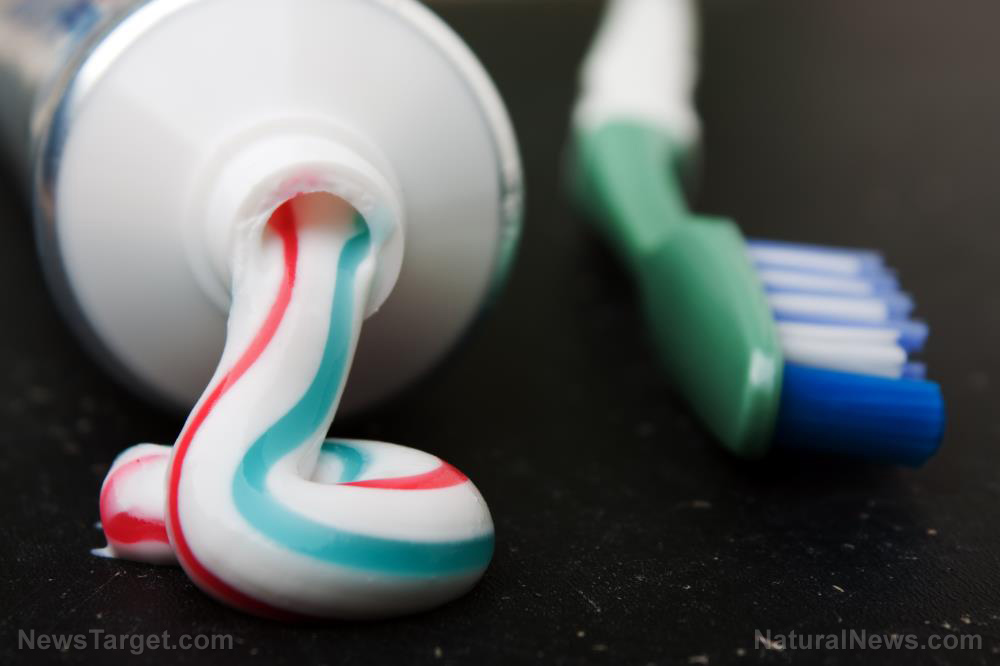Scientists develop new sensor that tracks everything you eat… and you wear it on your TEETH
04/22/2018 / By Zoey Sky
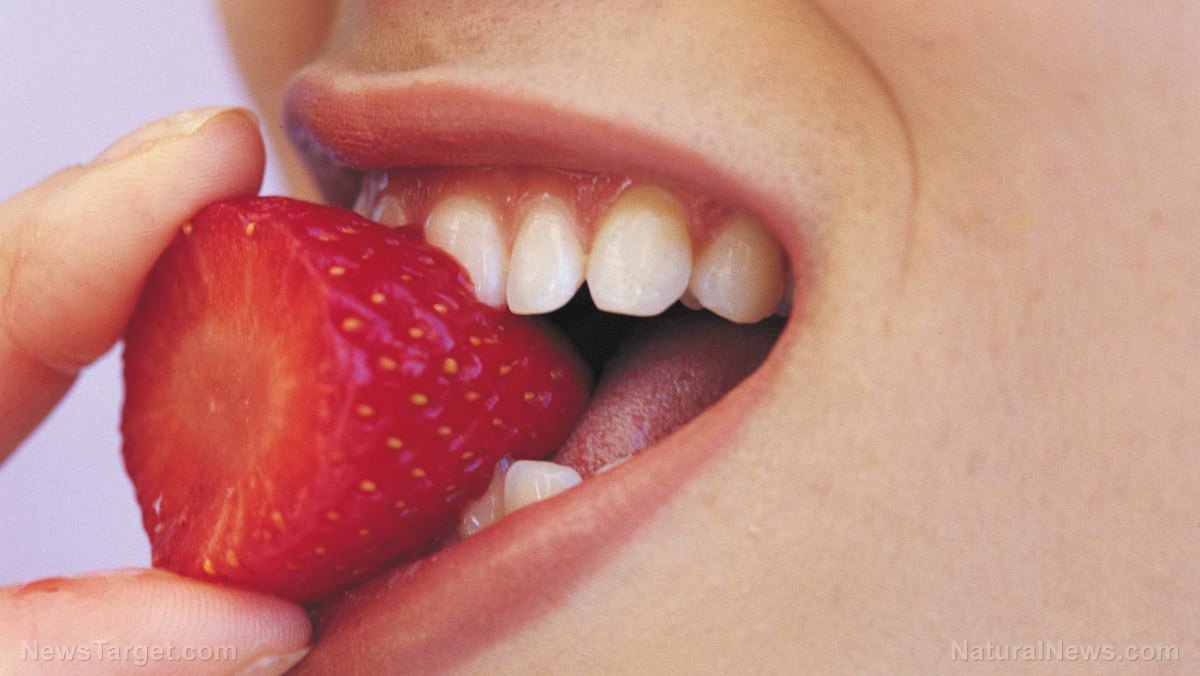
Because of various technological advances, we now have gadgets and devices that can help us track anything from our heartbeat to our sleep patterns.
Now, researchers from Tufts University have unveiled a new sensor that can be worn on teeth and records what a person eats or drinks in one day.
The sensor can be attached to a tooth, and it can connect wirelessly to a user’s mobile phone. Thanks to this wireless connection, the sensor can keep track of an individual’s alcohol, salt, and sugar intake.
The researchers shared that the device can help people manage their nutritional intake and that the data it records can be used to improve health and diet outcomes. The sensor can also be used to keep track of a patient’s oral health.
The sensor is only two by two millimeters (mm). The researchers reported that because of its compact size, the sensor resolves the previous limitations on similar devices that required users to wear mouth guards or those that can’t properly be fastened to uneven surfaces. However, it remains unknown if the sensor will be available for public use. (Related: Medicine is evolving in scary ways: health tracker implants, genetically modified DNA and more.)
Possible uses for the sensor
Dr. Fiorenzo Omenetto from Tuft University said that the device could be used to help experts manage and interpret the data it gathers. The data can help researchers determine “patterns of consumption that could have an impact on diet regimens, health management, and maybe make us more aware our nutritional intake.”
Mother Nature's micronutrient secret: Organic Broccoli Sprout Capsules now available, delivering 280mg of high-density nutrition, including the extraordinary "sulforaphane" and "glucosinolate" nutrients found only in cruciferous healing foods. Every lot laboratory tested. See availability here.
Dr. Omenetto explained that with the sensor, experts could take samples and monitor analytes, or substances with chemical components that can be identified and measured, in the oral cavity.
According to the researchers, the sensor is easy to use because it doesn’t need bulky wires or frequent replacements. The report added that while the sensor only lasts for two days, further development could extend its functionality.
Aside from being attached to an individual’s tooth, the sensor can also be attached to other body parts. Dr. Omenetto added that with some modification to the sensor’s bioresponsive layer, it could monitor other chemicals. He noted that the research team is only limited by their creativity.
Dr. Omenetto concluded, “We have extended common RFID [radiofrequency ID] technology to a sensor package that can dynamically read and transmit information on its environment, whether it is affixed to a tooth, to skin, or any other surface.”
While the sensor was created with the intention of helping individuals monitor their diet, in the wrong hands it can be used to invade our privacy. Who can tell if someone with access to the data the sensor collects won’t suddenly decide to sell it to the highest bidder?
Natural ways to stay healthy
If you don’t think this new sensor is for you, check out these natural ways of staying healthy instead of worrying what you drink and eat every day:
- Acknowledge your cravings – Ignoring your cravings may backfire on your diet, so plan calorie-controlled portions of your favorite snacks instead.
- Exercise regularly – If going to the gym sounds boring, try some fun activities like dance classes or shooting some hoops with your friends instead.
- Get enough sleep – Eating healthy won’t be as effective if you’re always staying up late. If you don’t get enough sleep, you’ll be even hungrier when you wake up.
- Watch less TV – Binge-watching your favorite shows while munching on some snacks can make you gain more weight. Try watching TV in short bursts instead of spending more than two hours snacking on the couch, which studies say is linked to double the risk of obesity.
You can read more articles about how we can use technology like this sensor wisely at FutureScienceNews.com.
Sources include:
Tagged Under: Chemistry, dental health, diet, food intake, food science, food sensor, health management, nutrition, nutrition inputs, radiofrequency ID, RFID, salt, sensor, sugar, weird science







